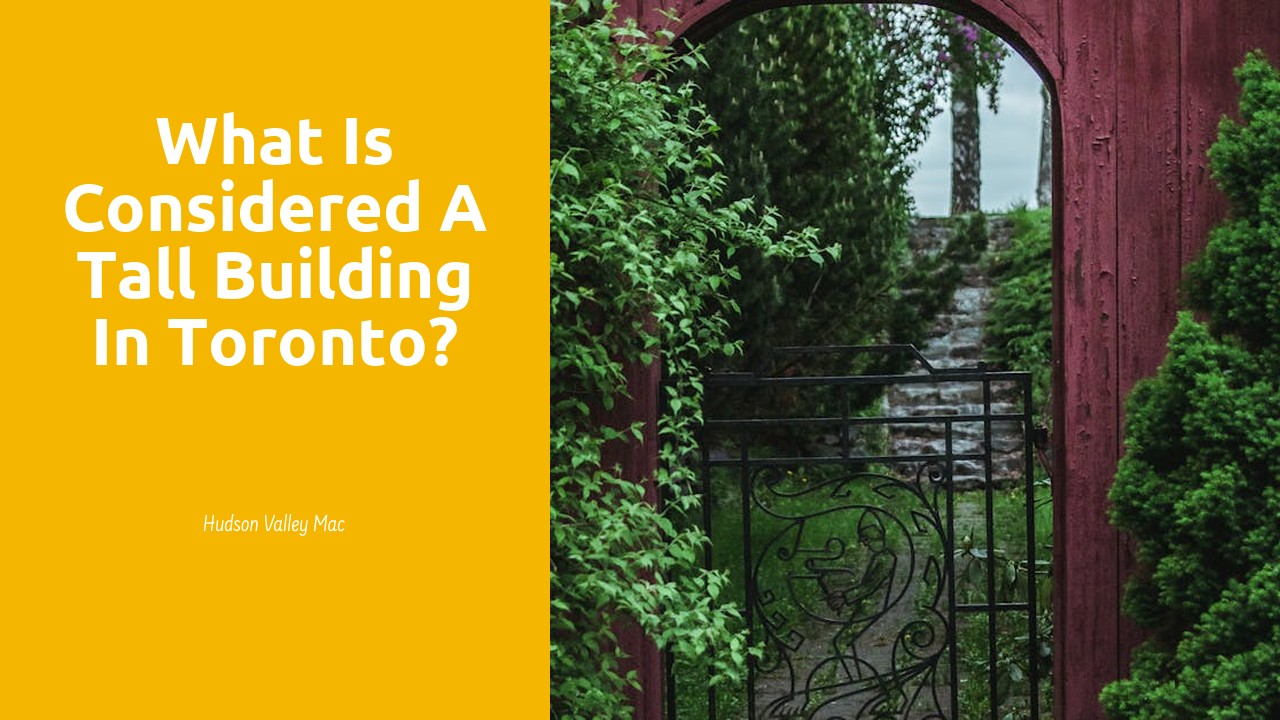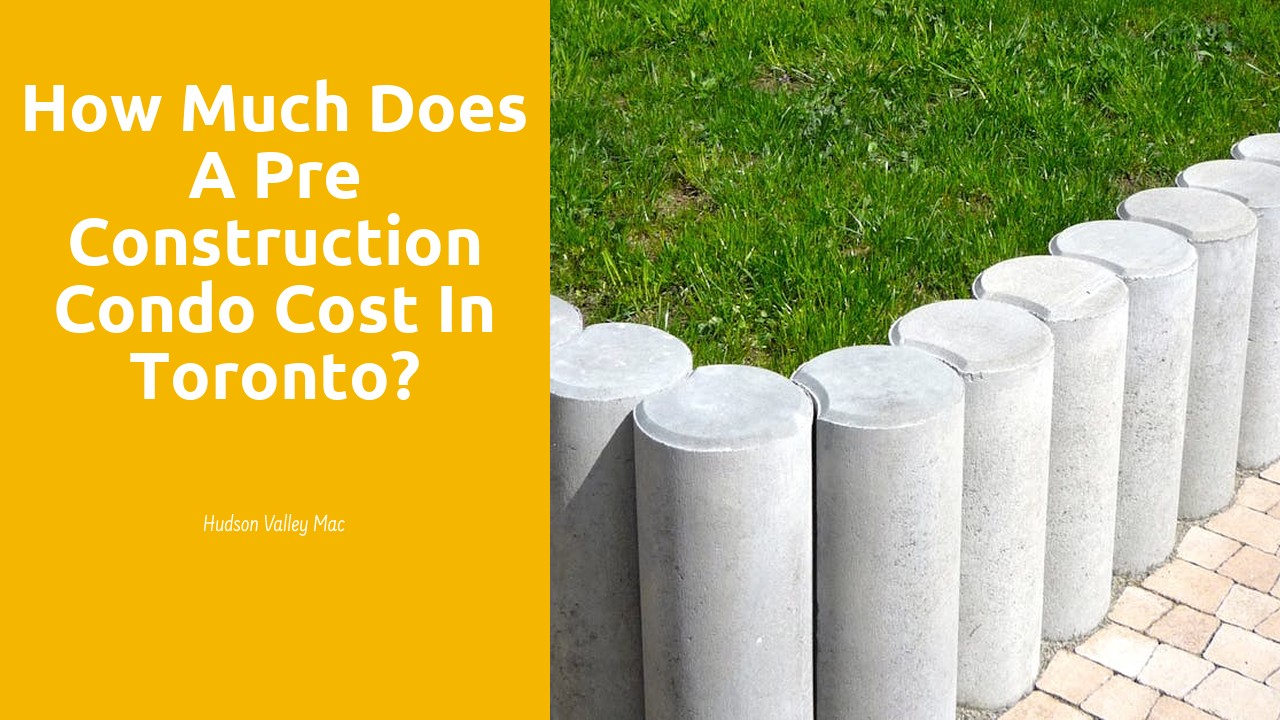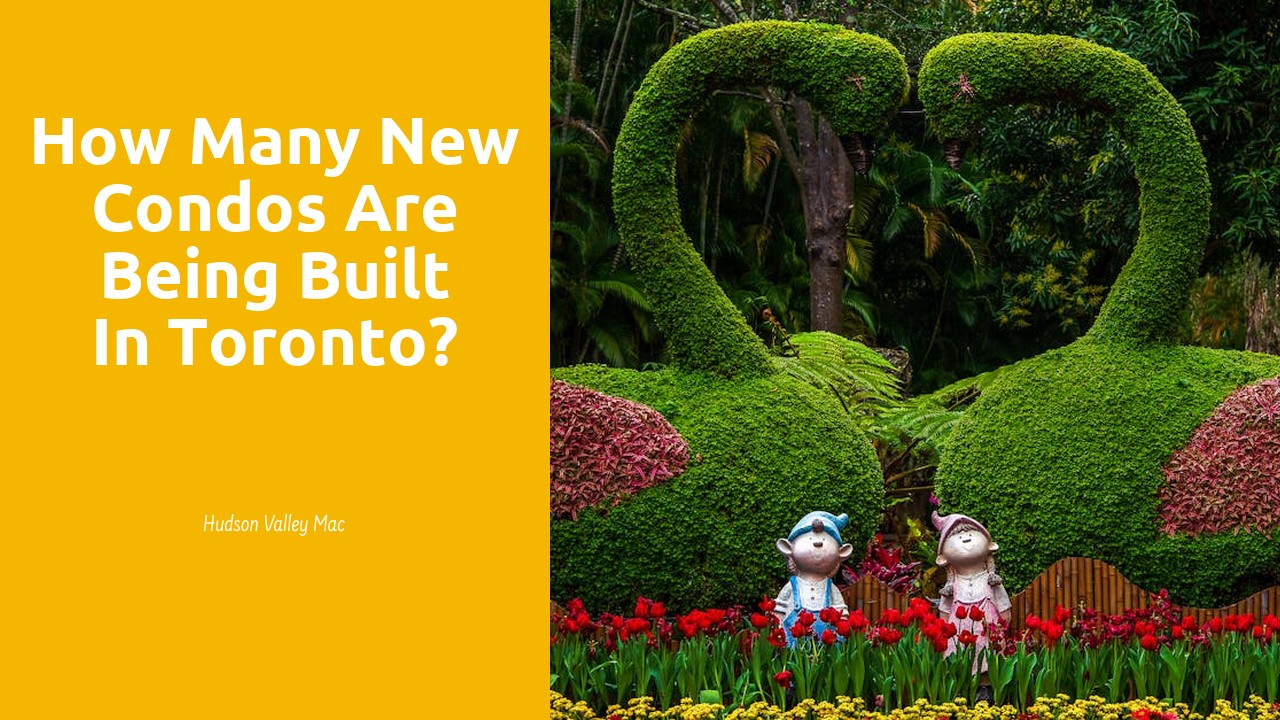
Table Of Contents
Sustainability Practices in Toronto's Tall Buildings
Sustainability practices have become a crucial aspect of designing and constructing tall buildings in Toronto. With a growing focus on environmental conservation and energy efficiency, developers are increasingly incorporating green initiatives into the design and operation of high-rise structures across the city. The aim is to reduce the carbon footprint of these buildings while also providing residents with a healthier and more environmentally conscious living environment. One notable example of this trend is the integration of renewable energy sources such as solar panels and green rooftops in buildings like the Design Concept Development Sarnia, which serve to minimize energy consumption and promote sustainable living practices.
Another key aspect of sustainability practices in Toronto's tall buildings is the implementation of efficient waste management systems. Developers are exploring innovative ways to reduce, reuse, and recycle waste materials within these structures to minimize their environmental impact. From composting programs to recycling initiatives, efforts are being made to ensure that tall buildings in Toronto are not only eco-friendly in their design but also in their day-to-day operations. By adhering to sustainable practices, buildings like the Design Concept Development Sarnia are setting a new standard for environmentally conscious high-rise living in the city.
Green Initiatives to Promote EcoFriendly HighRise Living
Green initiatives play a pivotal role in promoting eco-friendly high-rise living in Toronto. One notable example is the incorporation of sustainable materials in the construction of tall buildings. Design Concept Development Belleville has been a front-runner in implementing this practice, ensuring that their high-rise projects are environmentally conscious from inception to completion. By using materials that have minimal impact on the environment, these buildings contribute to reducing their carbon footprint and overall environmental impact.
In addition to sustainable materials, green initiatives also involve the implementation of energy-efficient systems within tall buildings. Design Concept Development Belleville has been at the forefront of integrating technologies like solar panels and energy-efficient appliances to promote eco-friendly living in high-rises. These advancements not only help in reducing energy consumption and lowering utility costs for residents but also contribute to a more sustainable future for Toronto's urban landscape.
Economic Significance of Tall Buildings in Toronto
When discussing the economic significance of tall buildings in Toronto, it is crucial to acknowledge their substantial contribution to the city's real estate market. Skyscrapers play a pivotal role in shaping Toronto's skyline and serve as key investment opportunities for developers and stakeholders. The burgeoning demand for vertical living spaces in the city underscores the financial viability and attractiveness of tall buildings, thereby bolstering Toronto's real estate industry.
Moreover, tall buildings in Toronto not only enhance the urban landscape but also stimulate economic growth by creating employment opportunities in construction, maintenance, and management sectors. The construction of high-rise buildings fosters innovation and architectural excellence, propelling the city's reputation as a hub for design concept development. As a result, tall buildings play a vital role in driving economic prosperity and positioning Toronto as a vibrant metropolis with a thriving real estate market.
Contribution of Skyscrapers to Toronto's Real Estate Market
Toronto's real estate market experiences a significant impact from the presence of skyscrapers. Each new high-rise construction, such as the Design Concept Development Brant, contributes to the city's continuous development and growth. These towering structures provide additional housing options and commercial spaces, catering to the demands of a diverse population looking for modern living and working environments.
The skyline of Toronto, adorned with numerous skyscrapers like the Design Concept Development Brant, not only enhances the city's aesthetics but also plays a crucial role in shaping its economic landscape. The real estate value in areas with tall buildings tends to increase, leading to a surge in property prices and a boost in the overall market performance. As a result, the presence of skyscrapers in Toronto serves as a testament to the city's prosperity and evolving urban lifestyle.
Social Implications of Living in Tall Buildings in Toronto
Living in tall buildings in Toronto has various social implications that shape the dynamics of urban living. A prime example is the promotion of community engagement within high-rise structures. The towering skyscrapers in the city serve as hubs for diverse social interactions, fostering a sense of belonging and inclusivity among residents. Design Concept Development Cooksville has been leading innovation in creating communal spaces that encourage residents to interact, collaborate, and build relationships, ultimately enhancing the overall quality of life within tall buildings.
Furthermore, the vertical living model in Toronto's tall buildings promotes a unique form of social cohesion. Residents have the opportunity to forge connections with individuals from different walks of life, leading to a rich tapestry of culture and experiences within the urban landscape. This diversity not only contributes to a vibrant social environment but also encourages residents to appreciate and learn from the multicultural fabric of the city. As Design Concept Development Cooksville continues to evolve its approach to high-rise living, the social implications of residing in tall buildings are expected to further shape the communal identity and lifestyle of Toronto's urban population.
Community Dynamics and HighRise Living in Toronto
Community dynamics play a crucial role in shaping the high-rise living experience in Toronto. From shared amenities to communal spaces, tall buildings foster a sense of togetherness among residents. The design of these structures influences how individuals interact within the built environment, enhancing social connections and creating a unique community environment. "Design Concept Development Haldimand County" underscores the importance of thoughtful design in promoting cohesion and fostering a sense of belonging among residents.
Moreover, high-rise living in Toronto offers an opportunity for diverse social interactions and a heightened sense of urban connectivity. With a mix of commercial spaces, residential units, and recreational facilities within close proximity, residents have access to a variety of activities that promote social engagement and a vibrant community atmosphere. The integration of sustainable design elements and innovative technologies further enhances the overall quality of life in these tall buildings, encouraging a harmonious balance between urban living and community dynamics.
FAQS
What height is considered a tall building in Toronto?
In Toronto, a building is typically considered tall if it is over 150 meters or approximately 500 feet in height.
How many tall buildings are there in Toronto?
Toronto is home to a significant number of tall buildings, with over 1,800 buildings that are considered high-rise structures.
What are some iconic tall buildings in Toronto?
Some of the iconic tall buildings in Toronto include the CN Tower, First Canadian Place, and the Aura at College Park.
Are there any regulations in place for constructing tall buildings in Toronto?
Yes, there are regulations and guidelines in place to ensure the safe construction and operation of tall buildings in Toronto, including adherence to zoning laws and building codes.
What are the benefits of having tall buildings in Toronto?
Tall buildings in Toronto contribute to the city's skyline, provide space for commercial and residential purposes, and play a vital role in meeting the growing demands of urban living.






